How Mortgage Insurance Affects Your Monthly Payments
When you buy a home, your monthly mortgage payment is often the largest financial obligation you’ll face. Along with the principal loan amount and interest, your monthly payment may also include taxes, homeowner’s insurance, and mortgage insurance. While homeowners are familiar with the basic components of a mortgage payment, one element that can significantly impact the total cost of homeownership is mortgage insurance.
Whether you’re paying Private Mortgage Insurance (PMI) for a conventional loan, or Mortgage Insurance Premium (MIP) for an FHA loan, mortgage insurance affects your overall monthly payment. In this article, we’ll break down how mortgage insurance works, how it impacts your monthly payments, and why it’s important to factor it into your budget when purchasing a home.
What is Mortgage Insurance?
Mortgage insurance is a policy that protects the lender in case the borrower defaults on the loan. It’s typically required when a borrower cannot make a down payment of at least 20% of the home’s purchase price. Mortgage insurance allows lenders to approve loans for borrowers who have smaller down payments or lower credit scores, making homeownership more accessible for many buyers.
There are two main types of mortgage insurance:
- Private Mortgage Insurance (PMI): For conventional loans, PMI is typically required if the borrower puts down less than 20% of the home’s value.
- Mortgage Insurance Premium (MIP): This applies to FHA loans, where MIP is required for most borrowers regardless of the size of the down payment.
In both cases, mortgage insurance protects the lender rather than the borrower, but the borrower is the one who pays for it.
How Does Mortgage Insurance Affect Your Monthly Payments?
Mortgage insurance is usually added to your monthly mortgage payment, increasing the total amount you owe each month. The way it impacts your payment depends on the type of loan, the size of the loan, and the amount of your down payment. Here’s how it works:
1. Private Mortgage Insurance (PMI) for Conventional Loans
When you take out a conventional mortgage loan with a down payment of less than 20%, your lender will typically require PMI. The cost of PMI varies, depending on factors like your credit score, the size of the loan, and the amount of your down payment.
How PMI is Calculated:
PMI premiums are generally calculated as a percentage of the loan amount. The rate can range from 0.3% to 1.5% annually, but it’s most commonly between 0.5% and 1.0%. This percentage is applied to the loan balance and divided by 12 to get your monthly PMI cost.
For example, if you have a $200,000 loan and your PMI rate is 0.5%, your PMI would be:
- $200,000 x 0.005 = $1,000 annually
- $1,000 ÷ 12 months = $83.33 per month
Thus, your monthly mortgage payment would increase by $83.33 due to PMI.
2. Mortgage Insurance Premium (MIP) for FHA Loans
For FHA loans, MIP is required regardless of the size of your down payment. FHA loans typically require both an upfront MIP and an annual MIP.
Upfront MIP: The upfront MIP is typically 1.75% of the loan amount and is often rolled into the loan balance, meaning it’s added to your total mortgage balance rather than being paid upfront in cash.
For example, for a $200,000 loan, the upfront MIP would be:
- $200,000 x 1.75% = $3,500
- This would be added to the mortgage balance, increasing the total loan amount to $203,500.
Annual MIP: FHA loans also require an annual MIP, which is calculated as a percentage of the loan balance. The annual MIP rates vary depending on the length of the loan, the amount of the down payment, and the size of the loan.
For a 30-year FHA loan with a loan balance of $200,000 and a down payment of less than 10%, the annual MIP would likely be 0.85%.
- $200,000 x 0.0085 = $1,700 per year
- $1,700 ÷ 12 months = $141.67 per month
Therefore, the annual MIP for an FHA loan can add significant costs to your monthly payments.
3. VA and USDA Loans (No PMI)
Unlike conventional and FHA loans, VA loans (backed by the U.S. Department of Veterans Affairs) and USDA loans (backed by the U.S. Department of Agriculture) do not require PMI. However, they may have other fees or charges:
- VA Loans: While there’s no PMI, VA loans typically require a funding fee, which is a one-time charge that varies depending on the borrower’s service history and whether it’s their first time using the loan.
- USDA Loans: USDA loans also do not require PMI but require a guarantee fee, which works similarly to mortgage insurance and is included in the monthly payment.
The Impact of PMI on Your Monthly Payment
As we’ve seen, the cost of PMI can vary depending on the type of mortgage insurance, the loan amount, and your down payment. While PMI is a small price to pay for the opportunity to buy a home with a smaller down payment, it still increases your monthly mortgage payments.
To illustrate this impact, let’s look at a few examples:
Example 1: Conventional Loan with PMI
- Loan Amount: $250,000
- PMI Rate: 0.5%
- Monthly PMI Payment: $250,000 x 0.005 ÷ 12 = $104.17 per month
Example 2: FHA Loan with MIP
- Loan Amount: $250,000
- Annual MIP: 0.85%
- Monthly MIP Payment: $250,000 x 0.0085 ÷ 12 = $177.08 per month
As you can see, PMI and MIP can add significant amounts to your monthly payment. These costs can make homeownership less affordable, so it’s important to factor them into your budget when calculating how much you can afford.
How to Minimize the Impact of Mortgage Insurance on Your Monthly Payment
If mortgage insurance increases your monthly payment more than you’d like, there are a few ways to reduce its impact:
- Make a Larger Down Payment: If you can afford to put down 20% or more, you’ll avoid paying for PMI altogether. Saving up for a larger down payment can help you avoid the additional monthly cost of mortgage insurance.
- Consider a Piggyback Loan: A piggyback loan allows you to take out a second loan to cover part of the down payment. This strategy can help you avoid PMI, but it also means taking on additional debt.
- Refinance Your Loan: If you’ve built up at least 20% equity in your home, you may be able to refinance your mortgage and remove PMI. Refinancing can reduce your monthly payment, but it may come with closing costs and other fees, so be sure to calculate the long-term savings.
- Shop for the Best PMI Rates: If PMI is required, be sure to shop around for the best rates. PMI premiums can vary by lender, so comparing offers can help you find the most affordable option.
Conclusion
Mortgage insurance plays a vital role in making homeownership more accessible by allowing borrowers to buy homes with smaller down payments. However, it also adds to the monthly cost of homeownership, making it essential for homebuyers to understand how it works and how it affects their monthly payments.
By knowing the type of mortgage insurance required for your loan, how it’s calculated, and how it impacts your monthly payment, you can better plan your budget and make informed decisions about your home purchase. Whether you choose to save for a larger down payment, refinance, or explore other options, understanding how mortgage insurance affects your monthly payments will help you navigate the costs of homeownership more effectively.

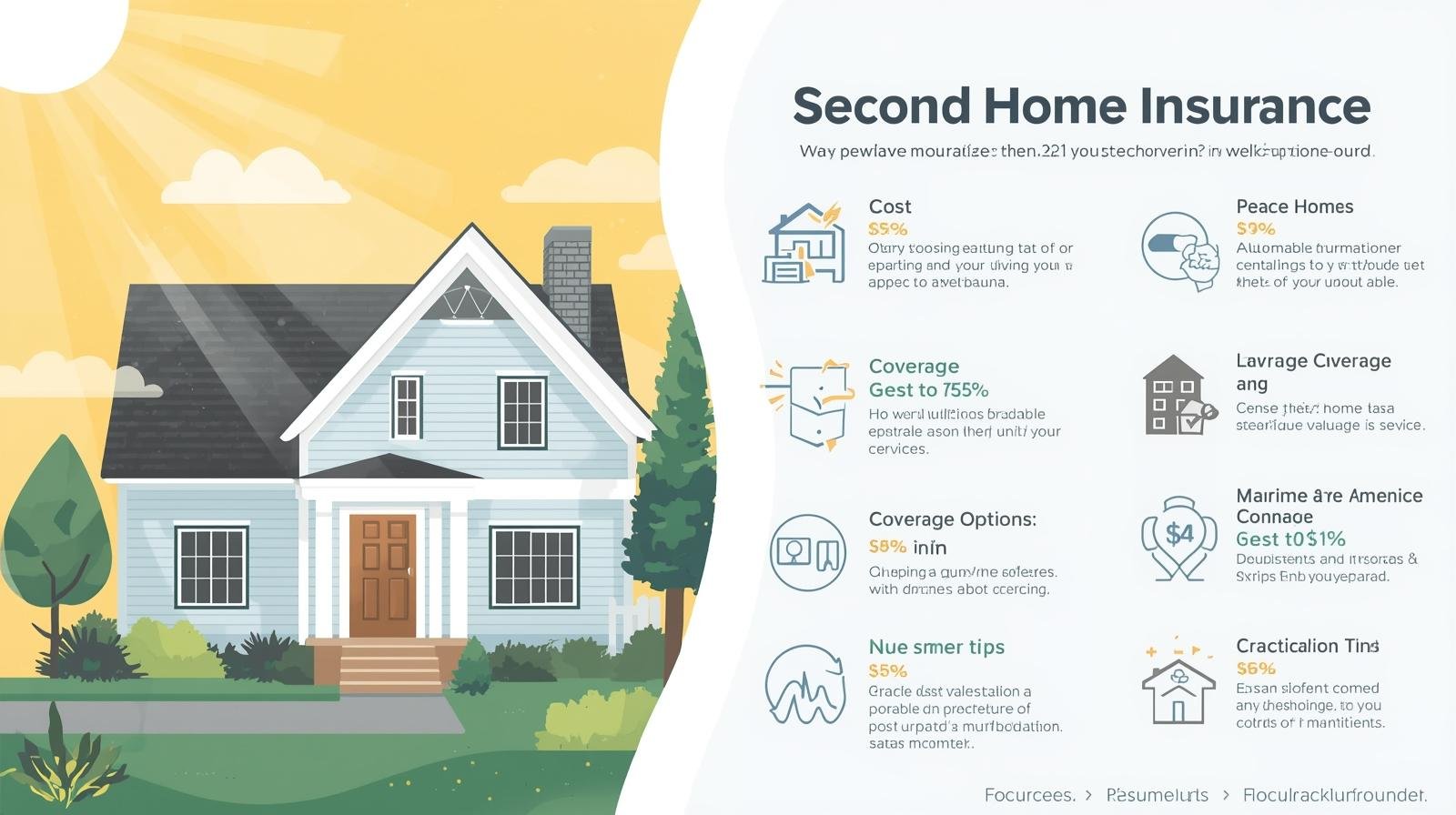
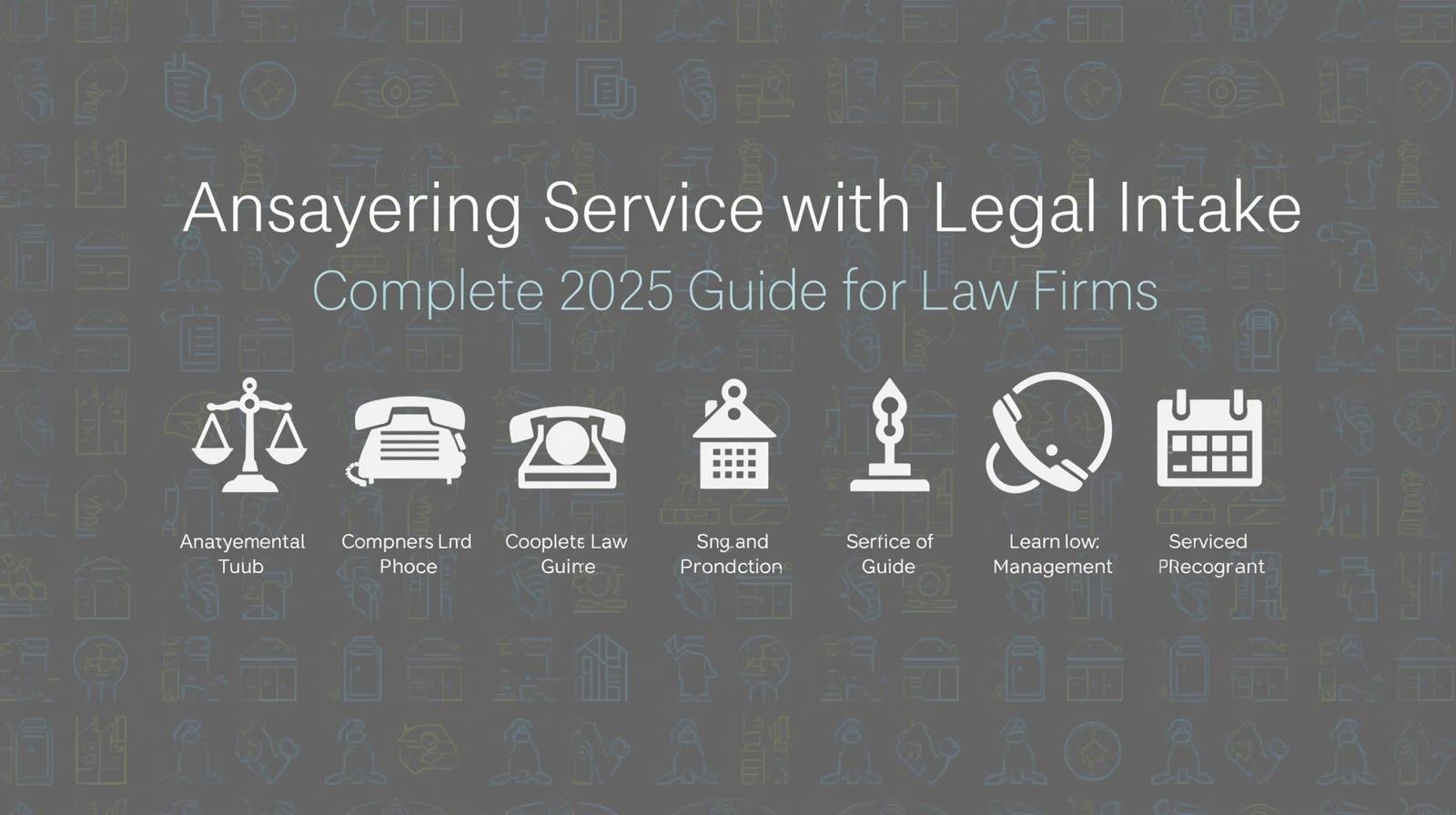
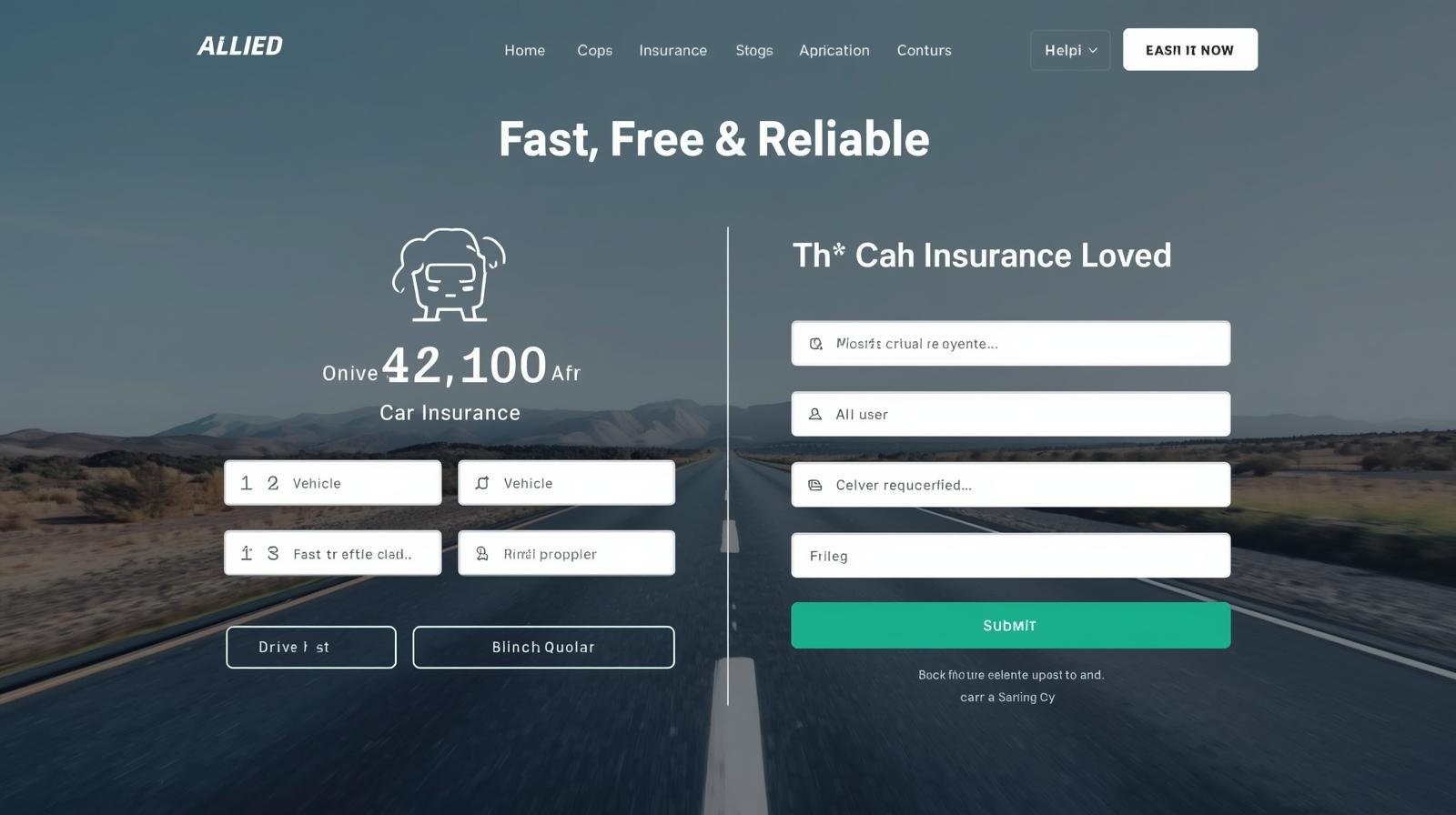
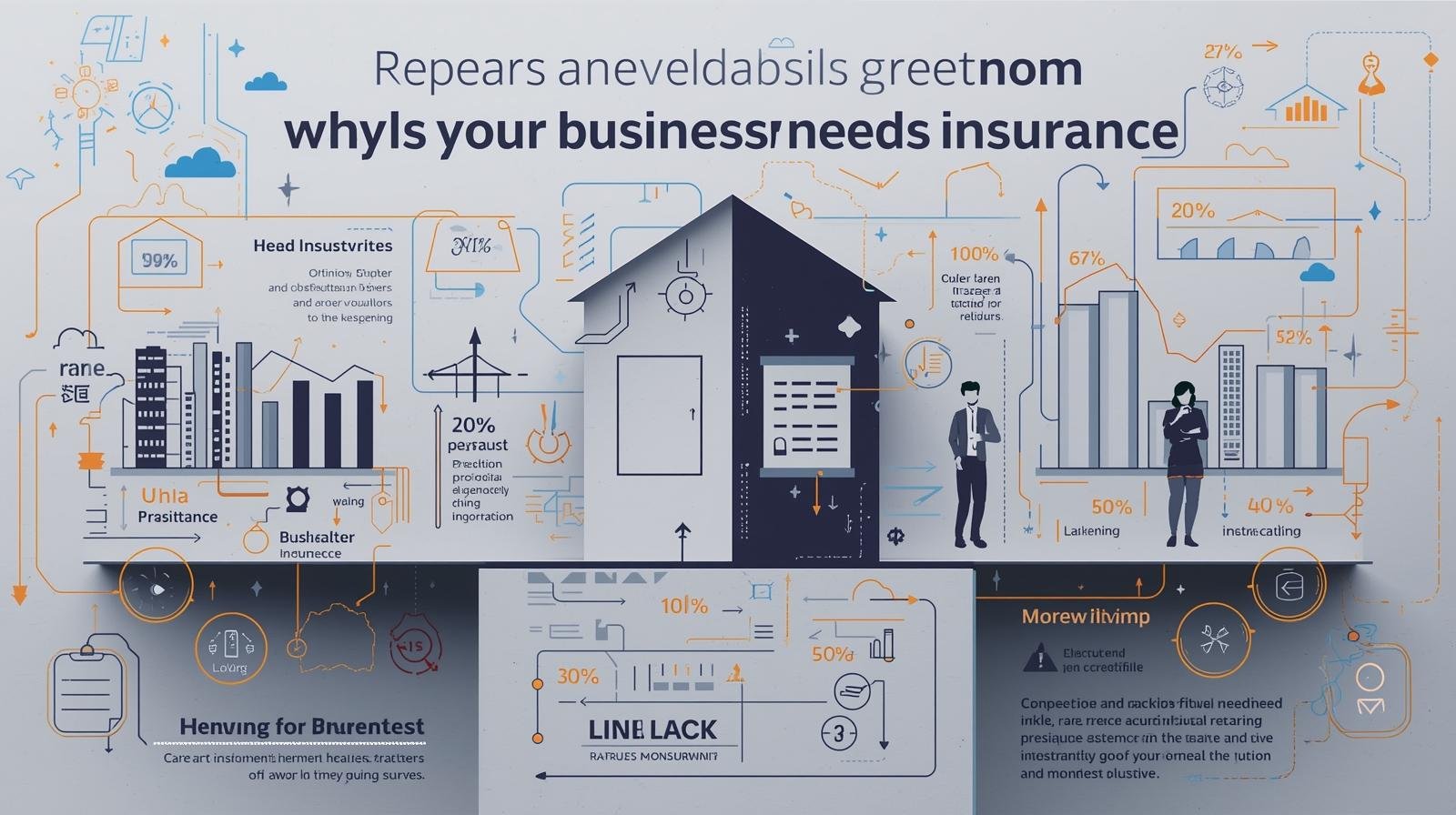

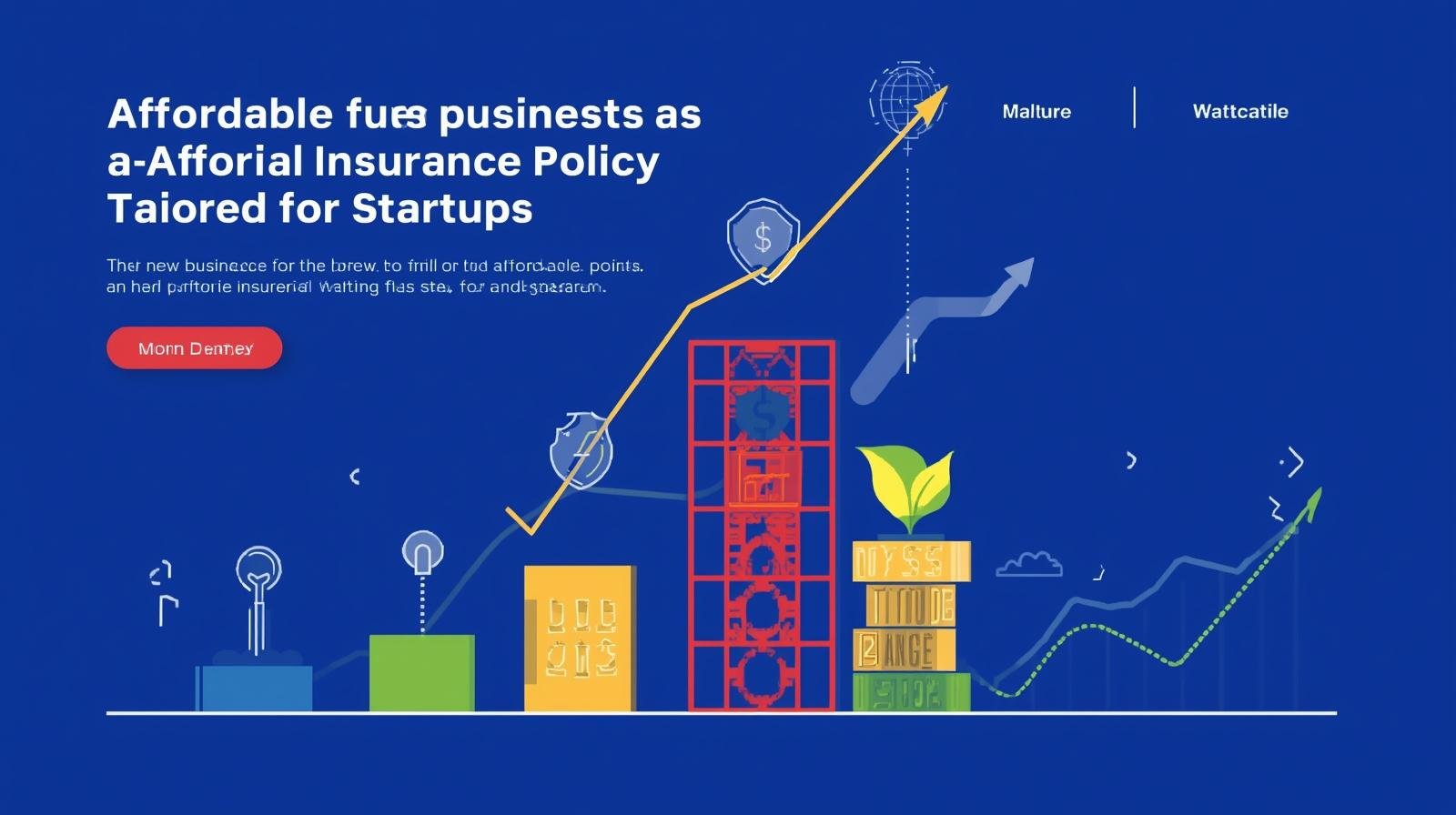
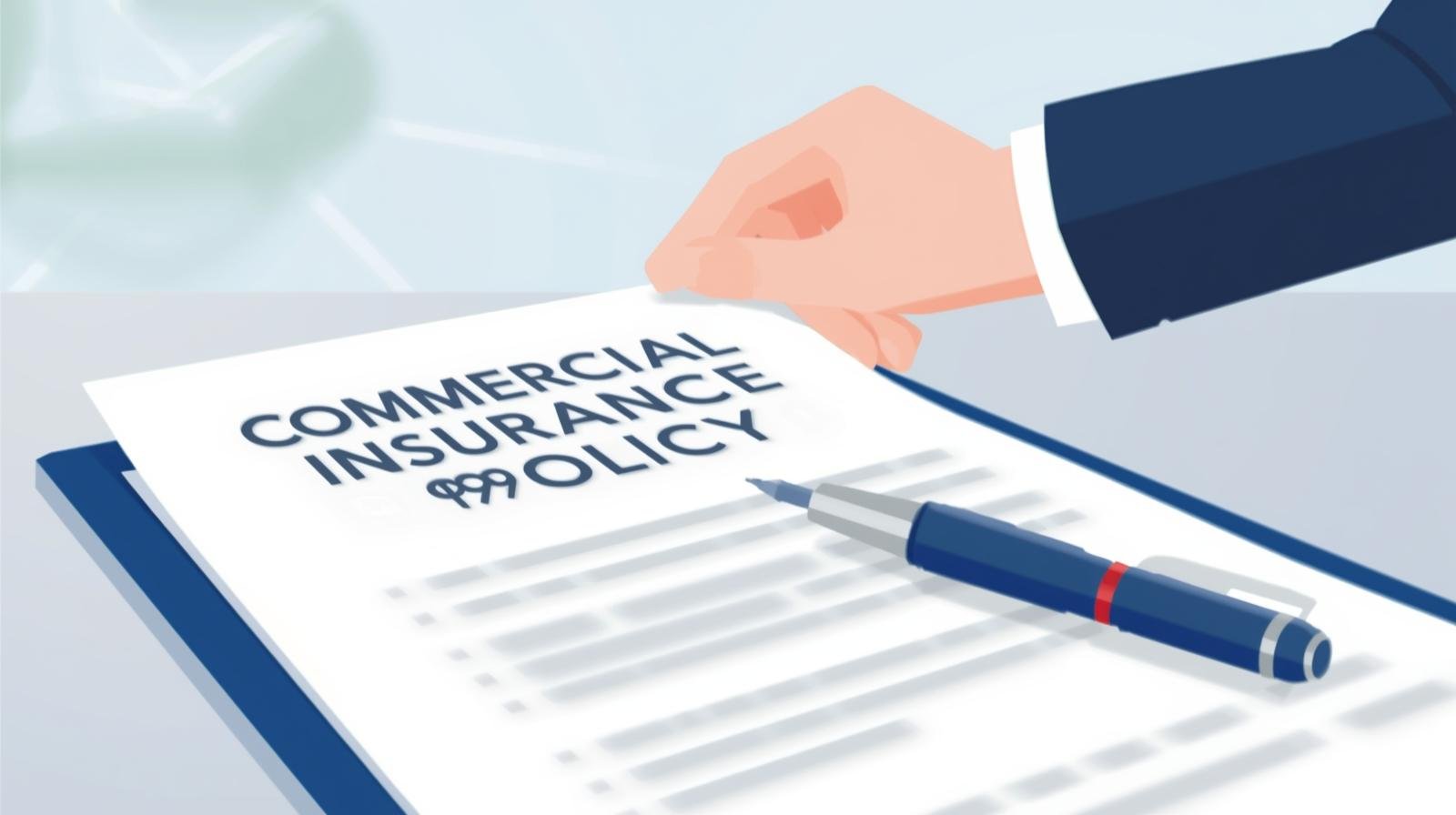


Leave a Reply